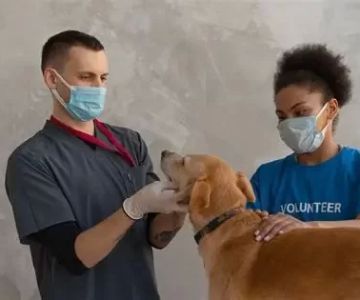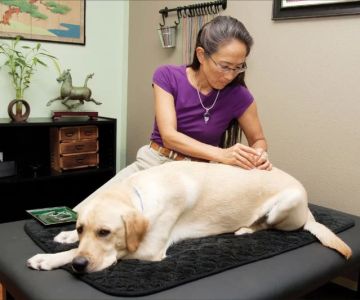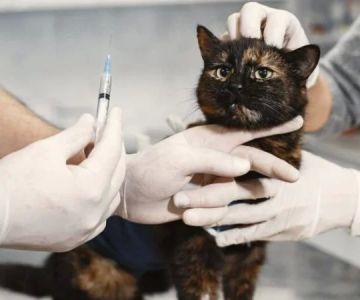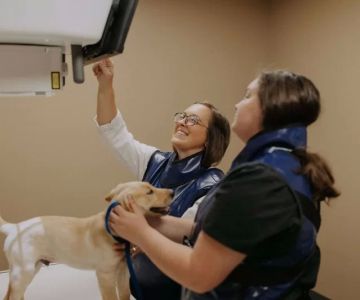Start Your Journey: How to Become a Veterinarian in California
- understanding-the-role-of-a-veterinarian
- educational-pathway-for-vets-in-california
- applying-to-california-vet-schools
- clinical-training-and-experience
- getting-licensed-as-a-veterinarian-in-california
- life-as-a-working-vet-in-california
- next-steps-on-your-california-vet-journey
1. Understanding the Role of a Veterinarian
Before diving into how to become a veterinarian in California, it’s important to understand the broad spectrum of responsibilities that come with the job. Veterinarians diagnose illnesses, perform surgeries, vaccinate, and provide preventive care. In California, where agriculture and pet ownership are both booming, demand for veterinary services is especially high.
2. Educational Pathway for Vets in California
2.1 Pre-Veterinary Coursework
Your journey starts with a strong academic foundation. California universities like UC Davis and Cal Poly recommend a science-heavy undergraduate background. Common prerequisites include biology, organic chemistry, biochemistry, physics, and animal science.
2.2 Bachelor’s Degree
You don’t need to major in biology, but you must complete required science courses. Many successful applicants to California vet schools major in Animal Science or a related field. Volunteer work with animals during your undergraduate years strengthens your application significantly.
3. Applying to California Vet Schools
3.1 UC Davis School of Veterinary Medicine
As one of the top-ranked vet schools in the world, UC Davis is the dream destination for many. Admission is extremely competitive. Applicants must submit GRE scores (though some schools have dropped the requirement), a personal statement, letters of recommendation, and proof of extensive animal experience.
3.2 Other Programs and Out-of-State Options
Western University of Health Sciences in Pomona is another strong California-based option. Some students also apply out-of-state but return to California for licensure and practice.
4. Clinical Training and Experience
During your four years of vet school, the final year will be heavily focused on clinical rotations. These rotations allow you to apply textbook knowledge in real-world settings such as animal hospitals, shelters, farms, or exotic animal clinics.
California’s diverse ecology—from dairy farms in Central Valley to equine clinics in Los Angeles—offers a wide variety of clinical training experiences.
5. Getting Licensed as a Veterinarian in California
5.1 Passing National and State Exams
Once you’ve earned your DVM, you must pass the NAVLE (North American Veterinary Licensing Examination). California also requires the California Veterinary Law Exam (CA VLRE), which tests your understanding of state-specific laws and regulations.
5.2 Applying for Licensure
Submit your NAVLE and CA VLRE results, transcripts, and application to the California Veterinary Medical Board. Once approved, you’re officially licensed to practice as a veterinarian in California.
6. Life as a Working Vet in California
Being a vet in California isn’t just about treating cats and dogs. You could work in wildlife rehabilitation in Northern California, run a mobile vet clinic in San Diego, or specialize in avian medicine in Orange County. Salaries are competitive, with average earnings for vets in California often exceeding $120,000 annually.
However, high living costs and long hours are part of the reality too. Still, most veterinarians find the emotional reward far outweighs the challenges.
7. Next Steps on Your California Vet Journey
If you’re serious about learning how to become a veterinarian in California, start building your academic and field experience portfolio now. Explore undergraduate programs with strong pre-vet curriculums, seek out volunteer opportunities at animal shelters or zoos, and connect with mentors already working in the field.
Looking for tools to help guide your veterinary education journey? From admission consulting services to pre-vet exam prep, explore our latest handpicked resources tailored specifically for future California veterinarians. Taking the first step is easier when you’re equipped with the right knowledge and support.
Invest in your dream today—your future as a licensed veterinarian in California begins with the choices you make right now.












